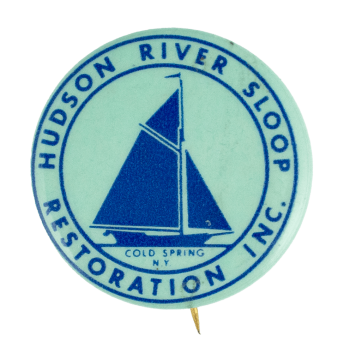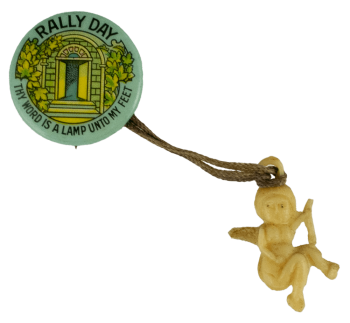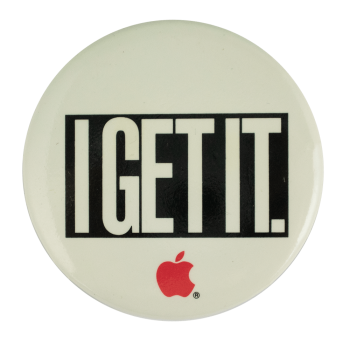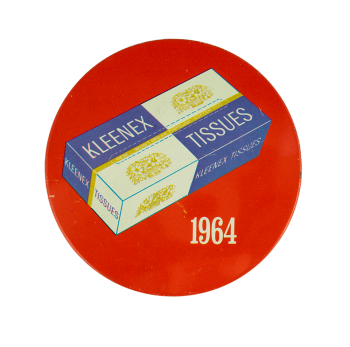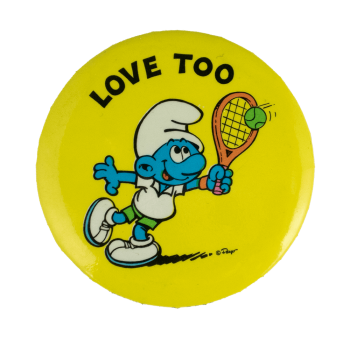Hudson River Sloop Restoration Inc.
| Category | |
|---|---|
| Additional Images | |
| Sub Categories | |
| Text on Button | HUDSON RIVER SLOOP RESTORATION INC. COLD SPRING N.Y. |
| Image Description | Dark blue sailboat on a light blue background with dark blue text between two dark blue lines around the rim and small dark blue text under the sailboat |
| Back Style | |
| The Shape | |
| The Size | |
| Year / Decade Made | |
| Additional Information | Nowadays a trip from New York City to Albany, New York will take just about an hour by plane, or three hours by train. But until the mid-1800s, you were in for a 24-hour boat ride aboard the Hudson River sloop! The sloop, a type of sailboat, transported passengers, cargo, and livestock along the Hudson River from New York’s days as a Dutch colony until the widespread adoption of the steamboat in the 1820s. In the 1960s, folk singer and environmental activist Peter Seeger and his wife, Toshi, began raising funds for a full-size replica of the sloop Clearwater, which launched from South Bristol, Maine, in 1969. Ever since, Clearwater has served as a mascot for cleaning up the Hudson and hosts local students for field trips. As Seeger told the New York Times in 1969, “Until people start to love their river, it’s going to be a sewer.” |
| Sources |
The Hudson River Sloop. (2016, November 6). Hudson River Maritime Museum History Blog. May 29, 2025, https://www.hrmm.org/history-blog/the-hudson-river-sloop
Rodell, S. (1995, November 28). Editorial notebook;a sloop named clearwater. The New York Times, p. 22.
Robinson, D. (1969, August 2). Sloop will sail up the hudson in campaign for clean water. The New York Times, p. 42.
Mass sailing up hudson. (1970, March 22). The New York Times, pp. 461–464. |
| Catalog ID | CA0969 |

